When exploring Colombia after you arrive in Bogota, you must include a day trip to Villa de Leyva into your itinerary. It’s a popular tourist destination with the charm of a colonial town and the biggest town square in Colombia. Villa de Leyva is located 3 hours from Bogota and it’s easily accessible by road. Declared a National Monument, this magical town built in the late 16th century is a jewel of colonial Spanish architecture with white buildings decorated with green or brown woodwork, which remained mostly untouched since their construction. 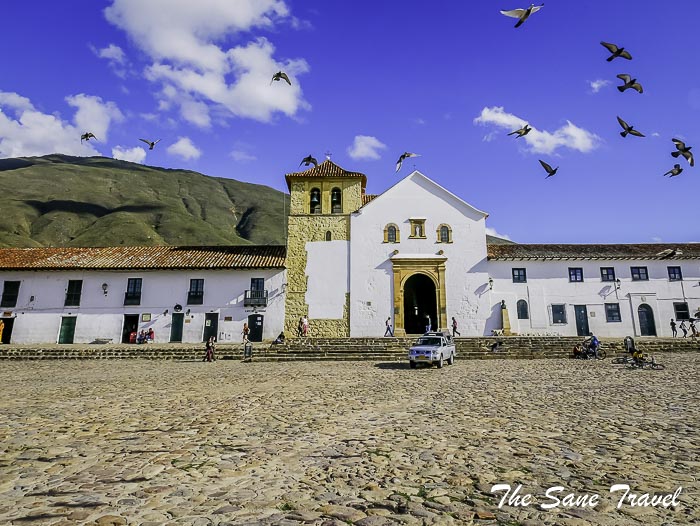
I was happy to be invited by a Colombia Travel Operator to their Villa de Leyva tour before starting my independent trip to the other places of Colombia. So let’s go. The first stop after a few hours of driving was a short coffee break with stunning scenery. 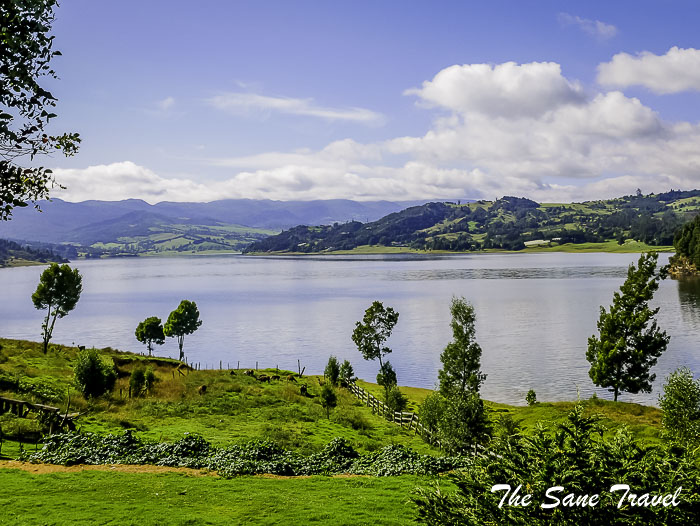
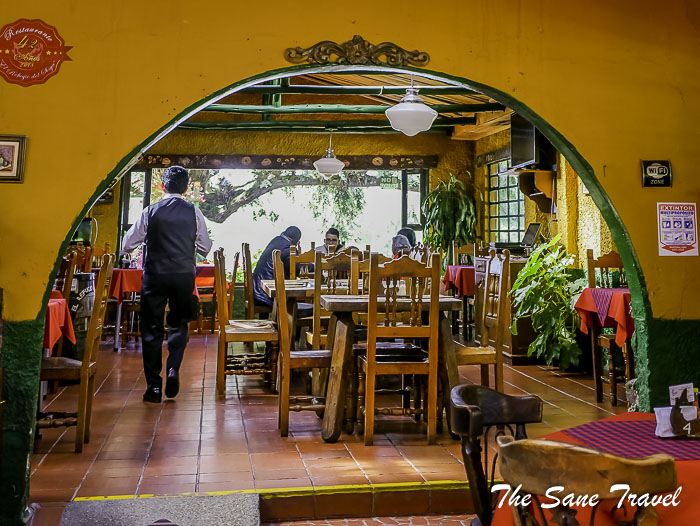 Our next stop was Boyacá Bridge.
Our next stop was Boyacá Bridge.
Boyacá Bridge
We had an opportunity to admire the memorial of Boyacá Bridge designed to pay tribute to an important battle for independence of Greater Colombia. The battle happened at the bridge in 1819. It led to official recognition of the independence of Gran Colombia. Now you can see there an installation in colours of the flag of Colombia.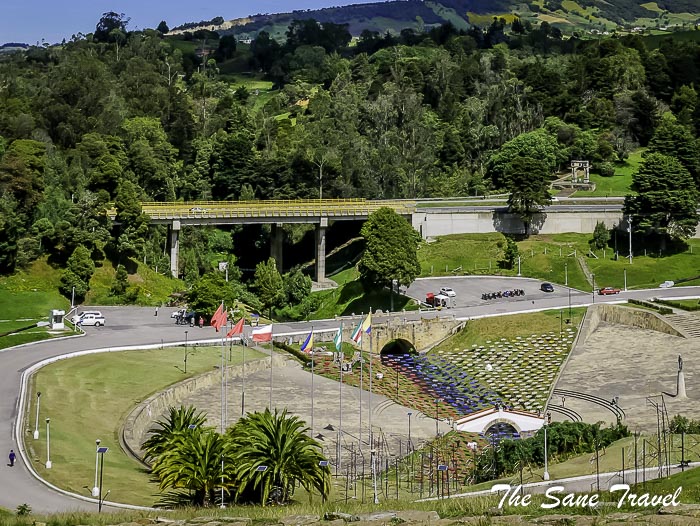 On the hill, there’s a monument to Simon Bolivar, erected to commemorate the independence victory supported by five women, allegories to the five liberated nations, namely, Colombia, Venezuela, Ecuador, Peru, and Bolivia.
On the hill, there’s a monument to Simon Bolivar, erected to commemorate the independence victory supported by five women, allegories to the five liberated nations, namely, Colombia, Venezuela, Ecuador, Peru, and Bolivia. 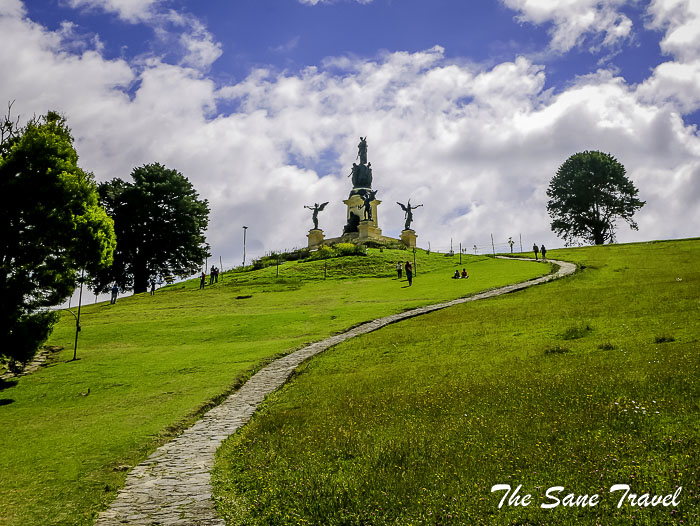
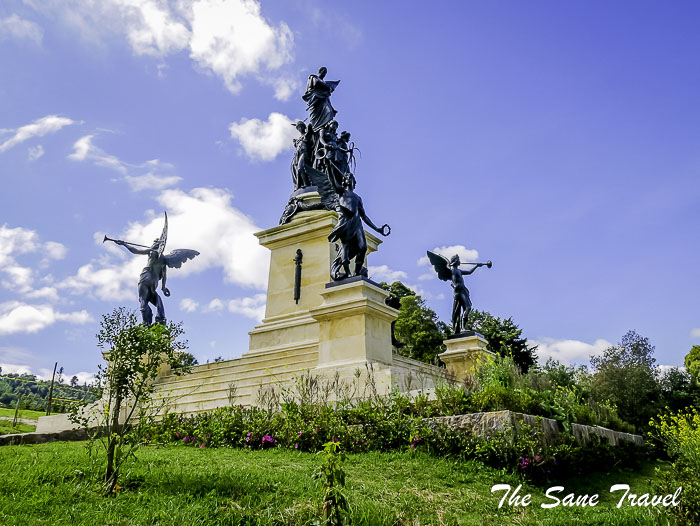 We continued our trip towards Villa de Leyva, admiring awesome scenery on our way.
We continued our trip towards Villa de Leyva, admiring awesome scenery on our way. 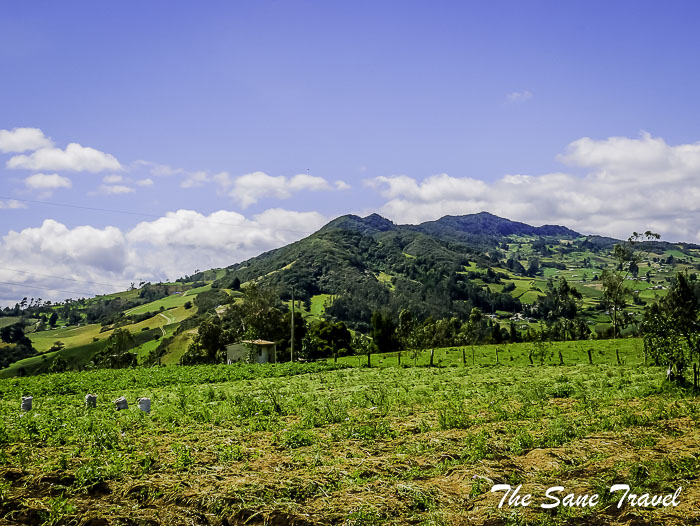
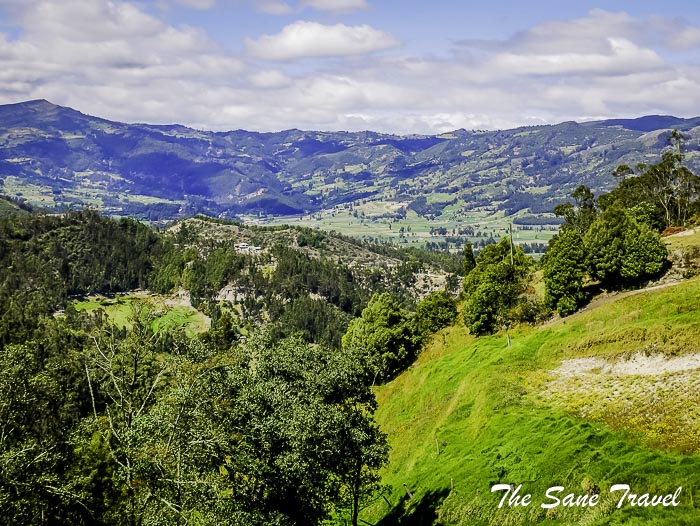
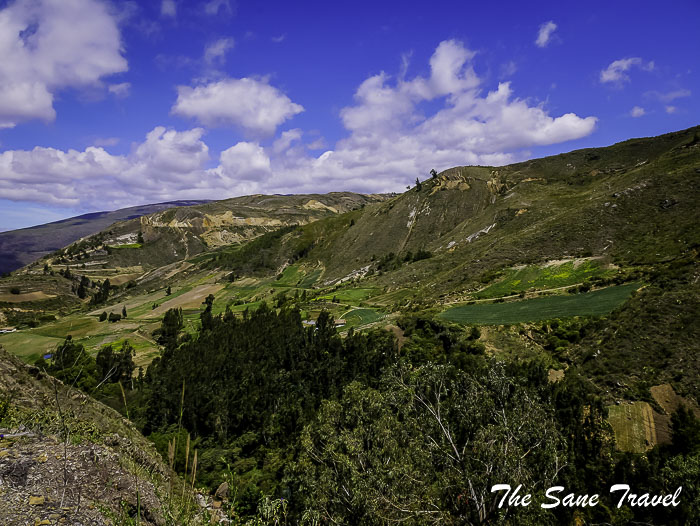 Our next stop was a site of seven emerald ponds.
Our next stop was a site of seven emerald ponds.
Pozos Azules, seven emerald ponds
Pozos Azules is a manmade marvel of seven small lakes with water of emerald colour, surrounded by stunning scenery with pine trees with long soft needles on your way. The first pond was made almost thirty years ago and before the end of the twentieth century, there were already seven. It took approximately five years to obtain the emerald colour thanks to the presence of selenium, sulphur and other minerals in the earth. We had a walk in the sixty hectares park but there is also an option to explore the area on horseback.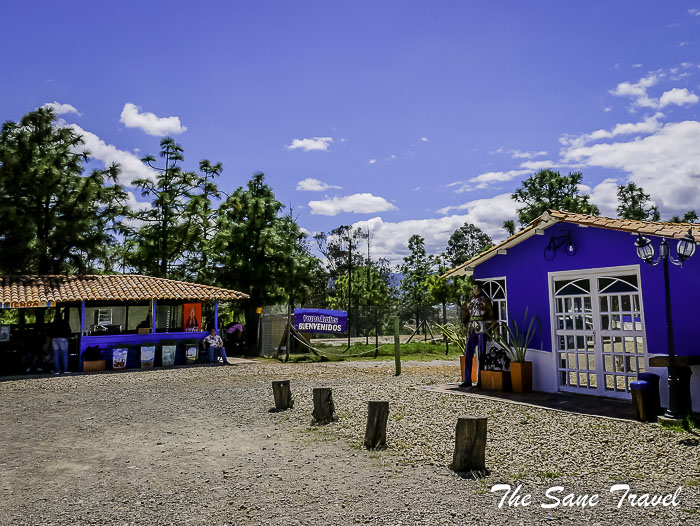
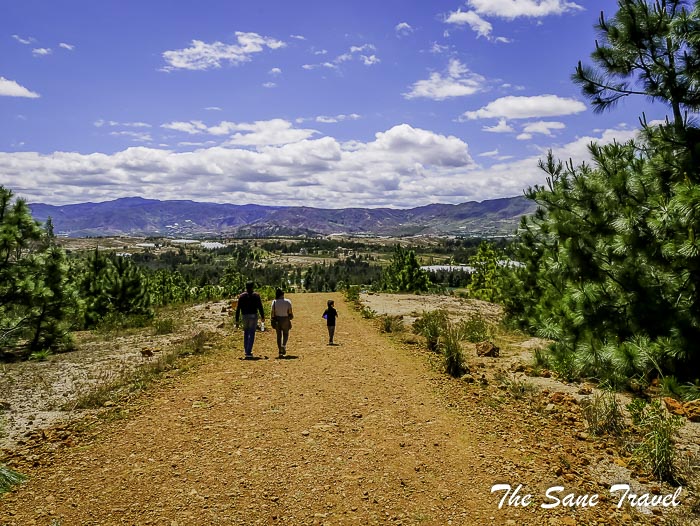
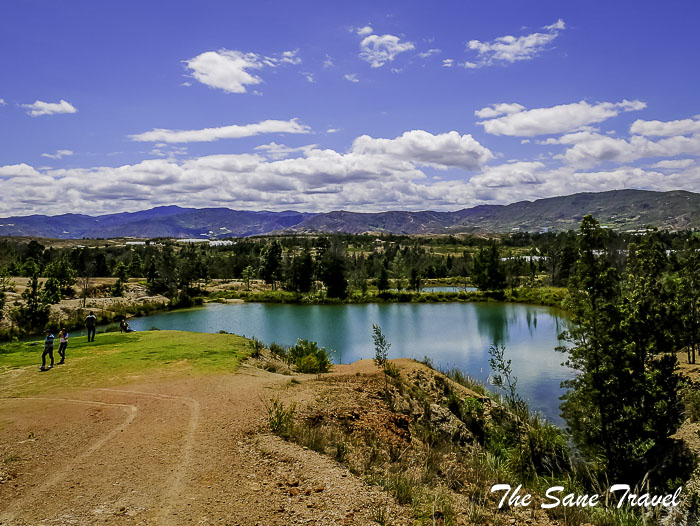
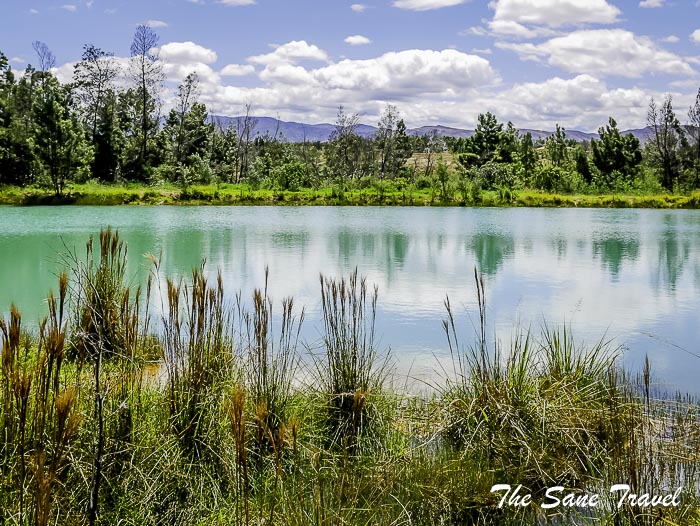 After that, we were ready to enter Villa de Leyva and start our exploration with Terracotta's house.
After that, we were ready to enter Villa de Leyva and start our exploration with Terracotta's house.
Terracotta House
This famous clay house is considered to be the largest piece of pottery in the world. The story goes that landowners in the late 90s placed an order for an ecological house with well known architect and ceramist Octavio Mendoza Morales. After some time, they recognised that building it was taking much more time than expected, and the architect offered to buy the piece of land and the unfinished house from them. So he continued the construction and does it to this day so it’s not completely finished, like Sagrada Familia in Barcelona...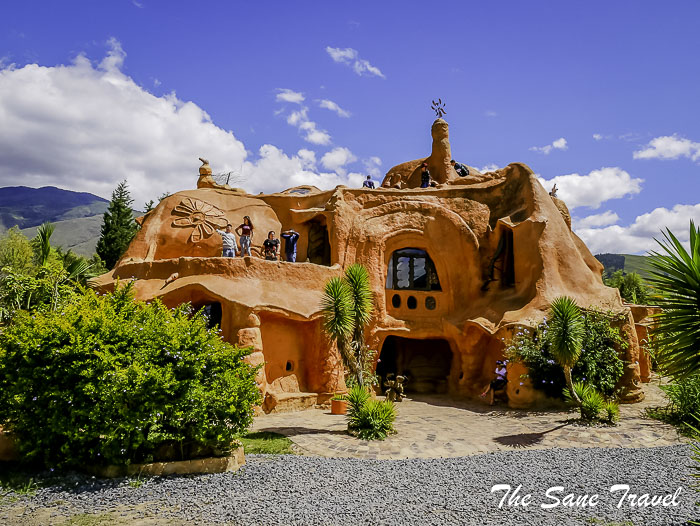 Casa Terracotta uses the four elements, earth, air, water and fire, in order to transform earth into architecture. Initially, the architect was living in the clay house himself, but after being continuously disturbed by people wanting to visit his extraordinary house, he built a more ordinary house for himself nearby and let visitors enjoy his creation fully.
Casa Terracotta uses the four elements, earth, air, water and fire, in order to transform earth into architecture. Initially, the architect was living in the clay house himself, but after being continuously disturbed by people wanting to visit his extraordinary house, he built a more ordinary house for himself nearby and let visitors enjoy his creation fully.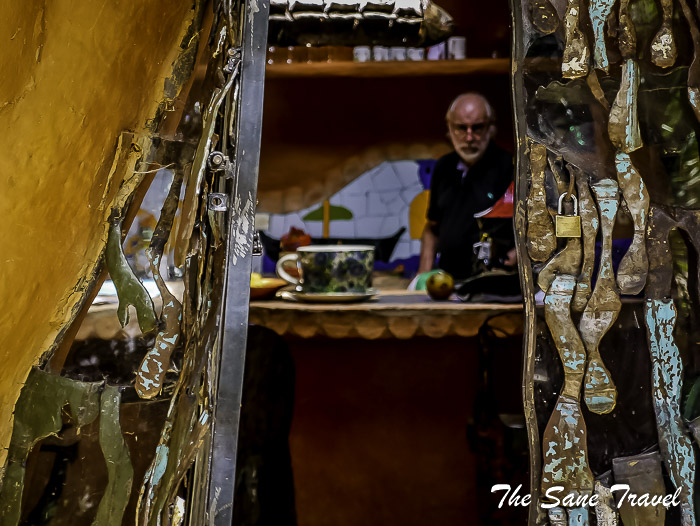 The house has quite a lot of rooms, including workspace, kitchen, bedrooms, bathrooms, terraces and others, all of an interesting design, with built-in furniture and nicely decorated. The main feature of the house is that it is ecological and healthy for living.
The house has quite a lot of rooms, including workspace, kitchen, bedrooms, bathrooms, terraces and others, all of an interesting design, with built-in furniture and nicely decorated. The main feature of the house is that it is ecological and healthy for living.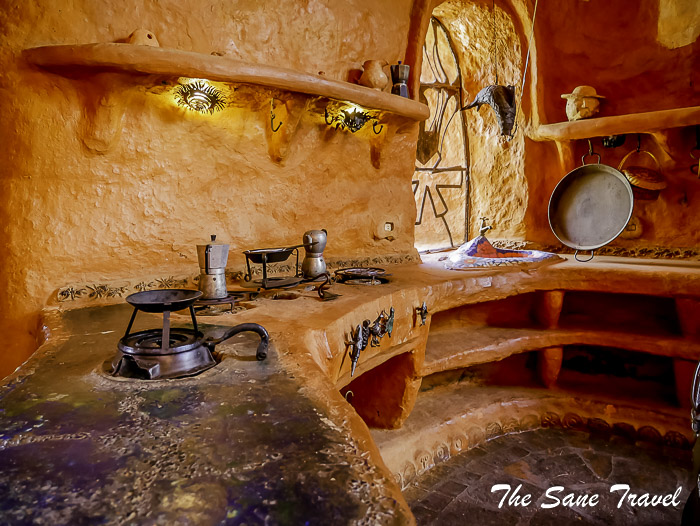
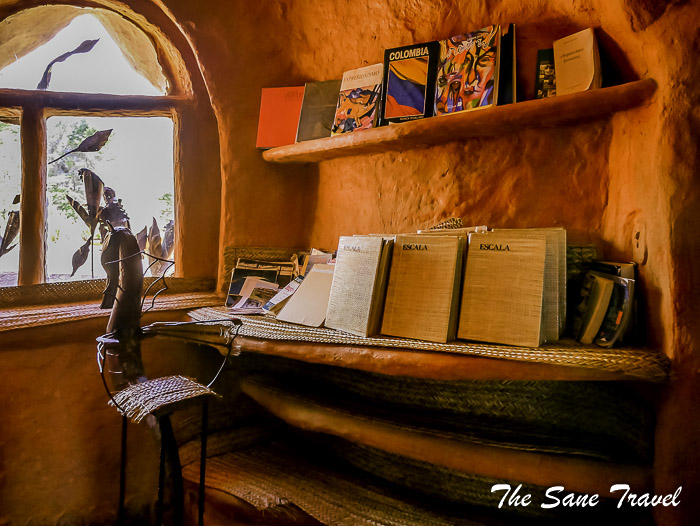
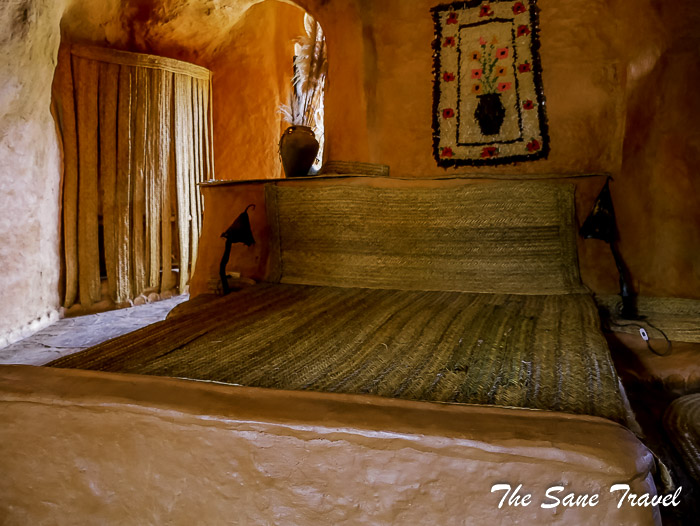
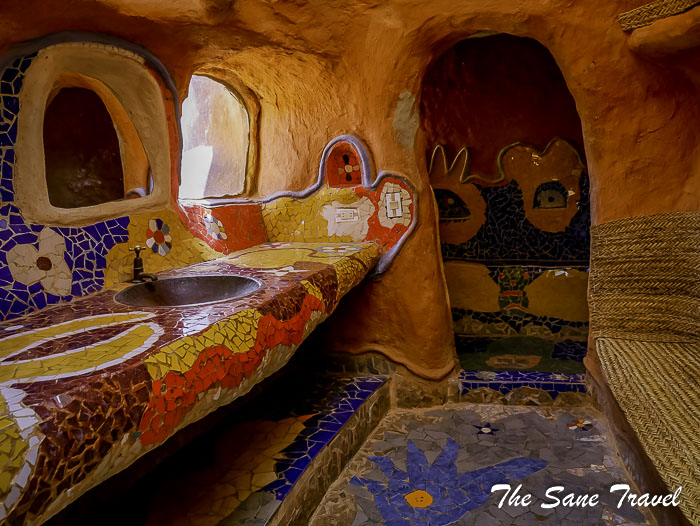
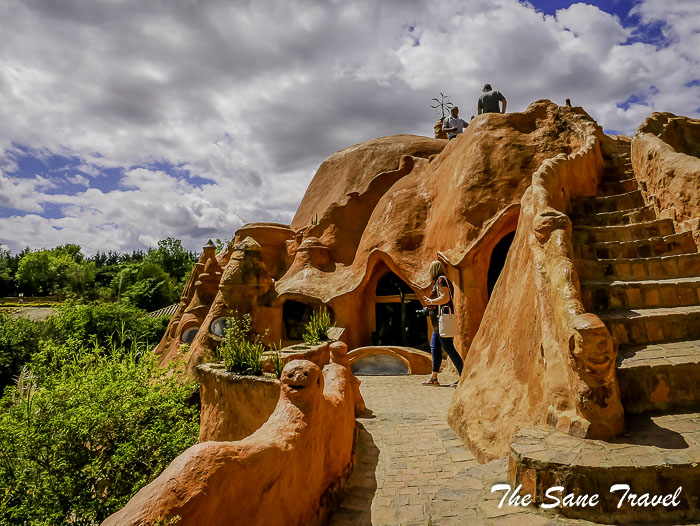
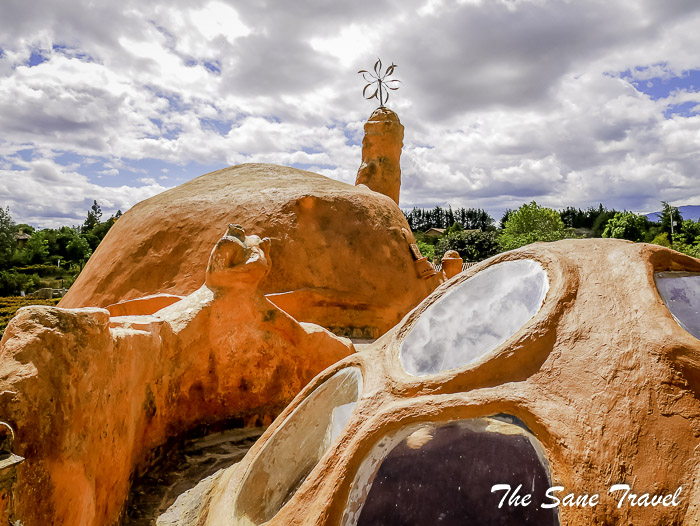
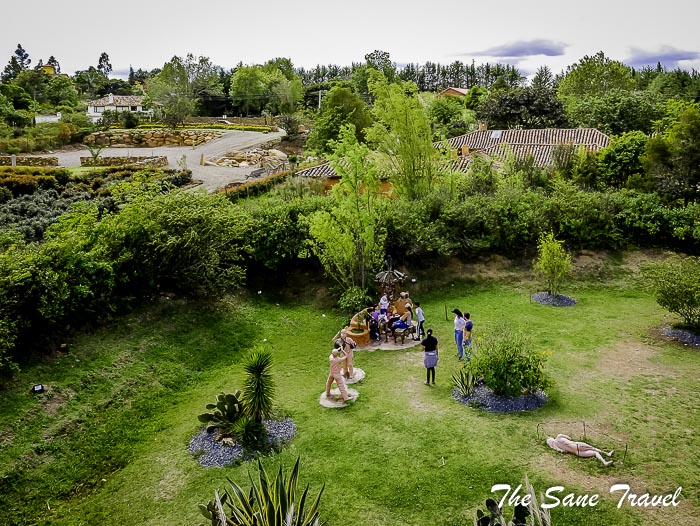 After admiring the extraordinary house, we moved to the town centre for lunch in San Pedro Cafe.
After admiring the extraordinary house, we moved to the town centre for lunch in San Pedro Cafe. 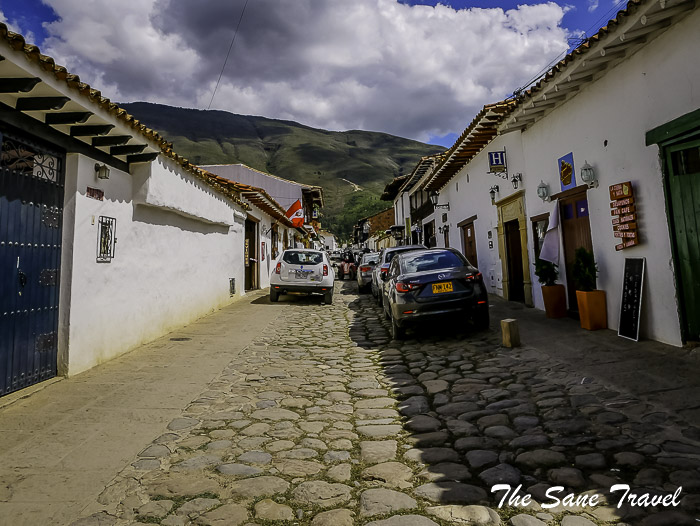
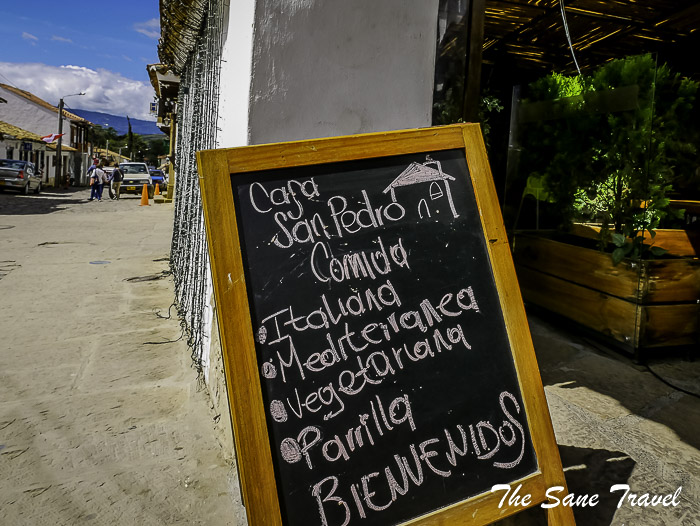 The tomato soup was really good there.
The tomato soup was really good there. 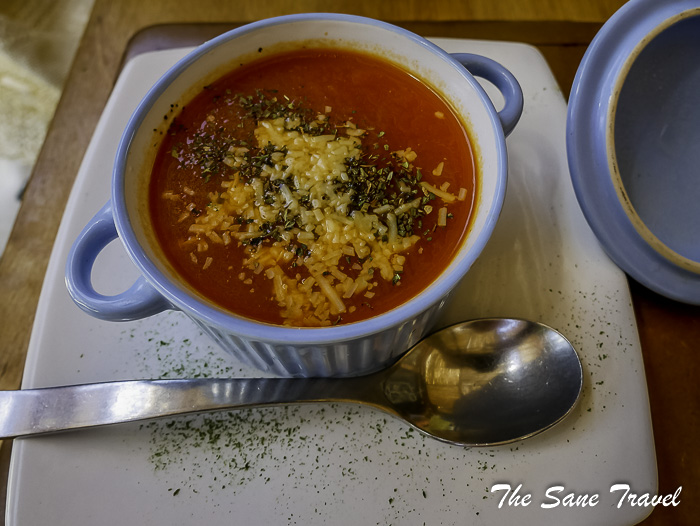 So we were ready for our next exploration, visiting the Paleontological Museum.
So we were ready for our next exploration, visiting the Paleontological Museum.
Paleontological Museum
Did you know that back in the day, there was an inner sea where Villa de Leyva is now? This is the reason why this area has a lot of fossils of ancient animals and plants. Now they are exhibited in the Palaeontology Museum of the National University and also other museums of this kind. Go back in time and check out the artefacts from the Jurassic and Cretaceous period. The museum building itself is an awesome 400 years old barn with a beautiful garden.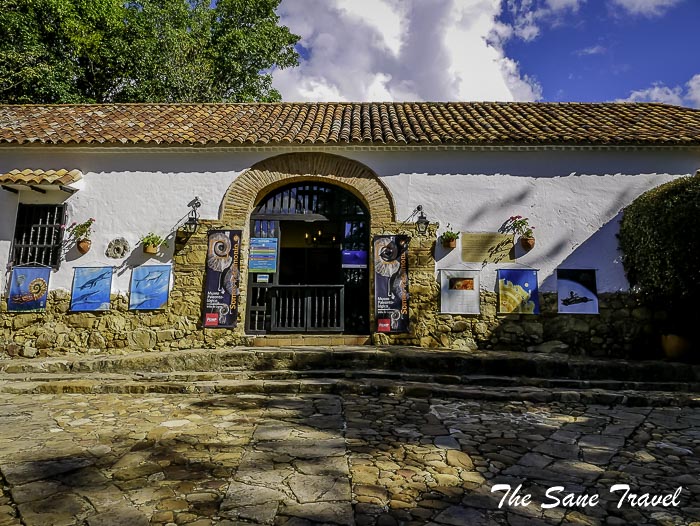
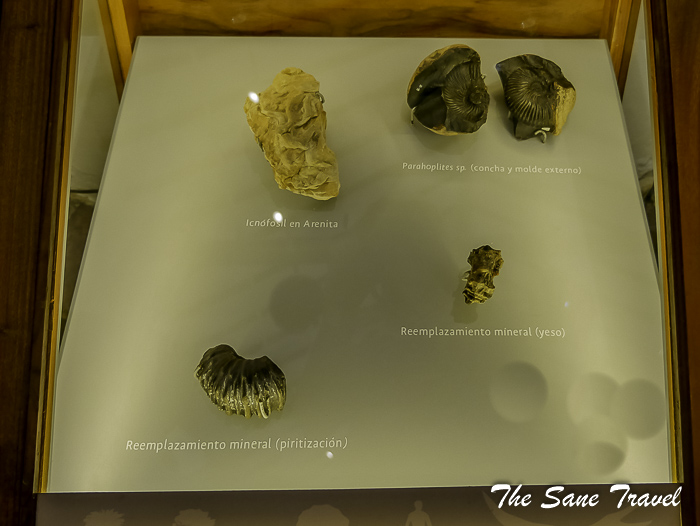
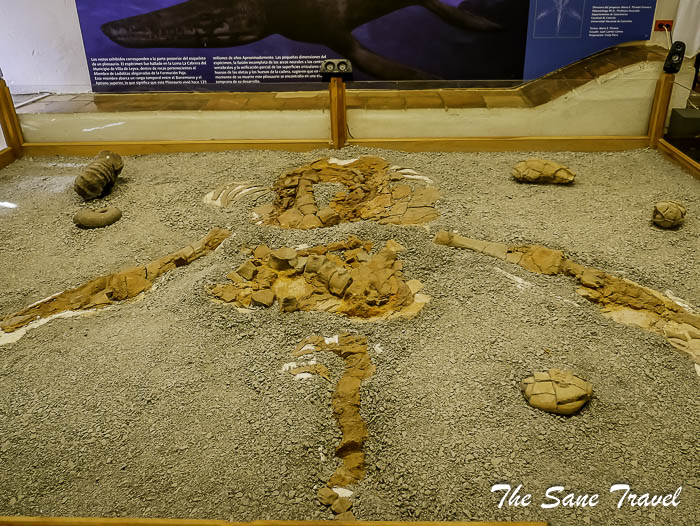
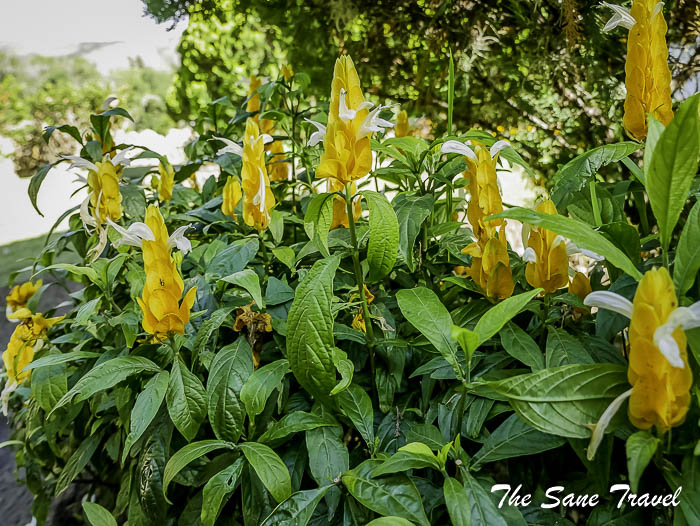
Plaza Mayor of Villa de Leyva
Then we finally moved to what is called the largest stone-paved square in South America with an area of 14000 m². It’s surrounded by magnificent colonial buildings with a small Mudejar fountain in its middle. Plaza Mayor looks these days the same as hundreds of years ago in the colonial era. 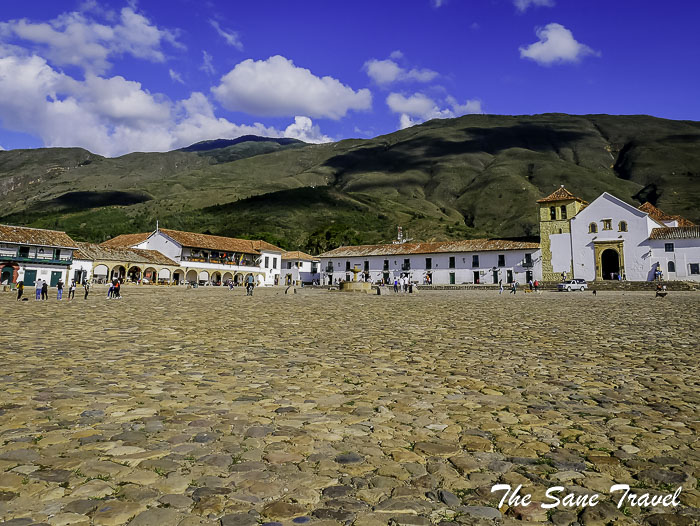 The central building of the square is the magnificent Church of Our Lady of the Rosary, which Spaniards built in the early 17th century as a symbol of the religion they brought to South America. The building is an example of colonial baroque architecture and still has its altarpieces carved from wood and covered in gold.
The central building of the square is the magnificent Church of Our Lady of the Rosary, which Spaniards built in the early 17th century as a symbol of the religion they brought to South America. The building is an example of colonial baroque architecture and still has its altarpieces carved from wood and covered in gold.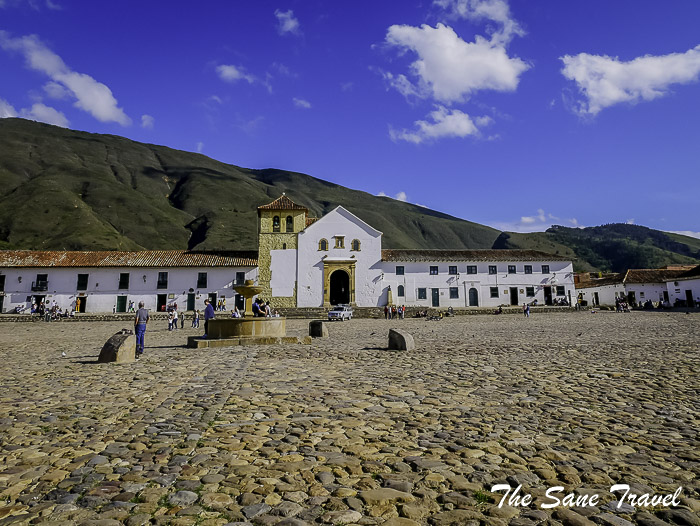

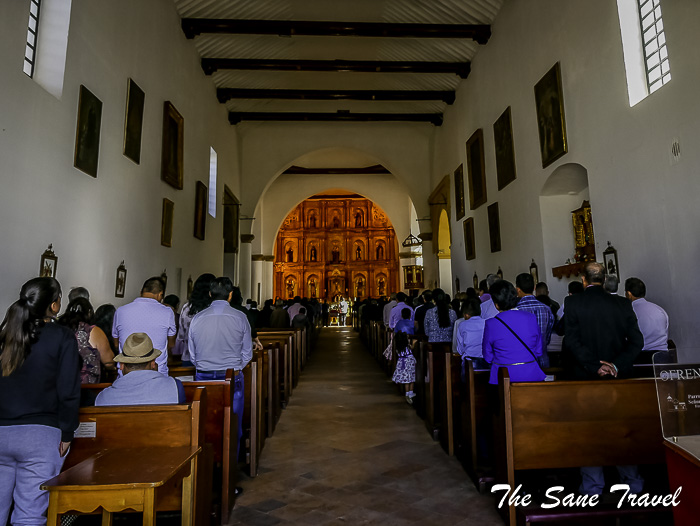 The church is surrounded by an array of other buildings of the same period, many decorated with balconies, which were a symbol of wealth and power in the old days.
The church is surrounded by an array of other buildings of the same period, many decorated with balconies, which were a symbol of wealth and power in the old days.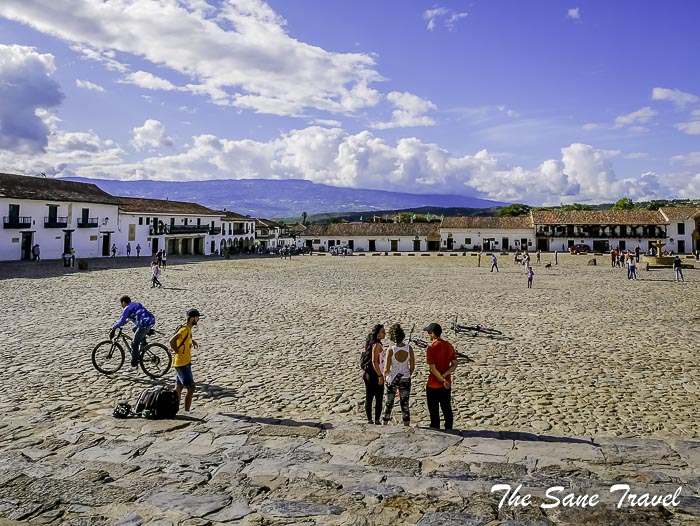
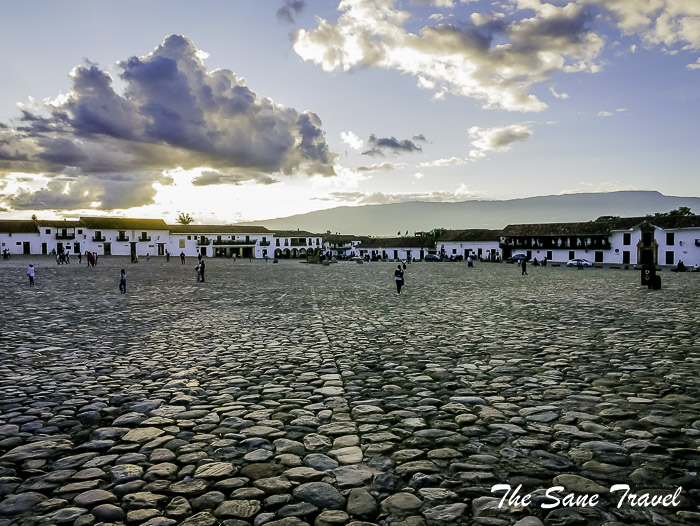 Many restaurants and cafes invite you for a drink or a meal. It’s nice to take the time to go around the square and also browse the nearby streets with many souvenir shops.
Many restaurants and cafes invite you for a drink or a meal. It’s nice to take the time to go around the square and also browse the nearby streets with many souvenir shops.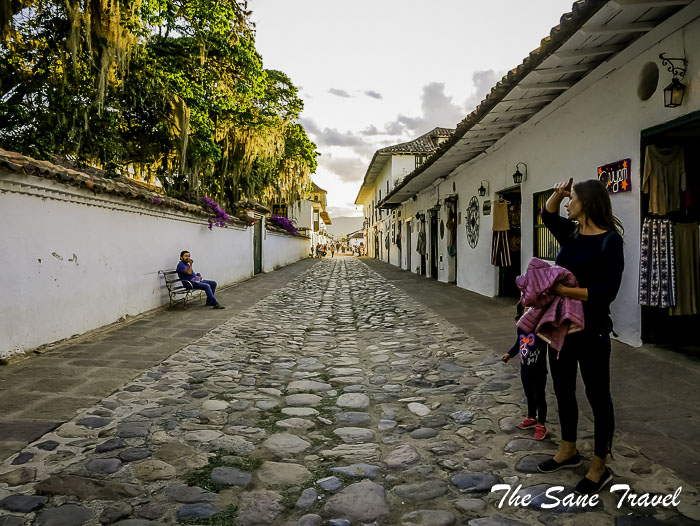
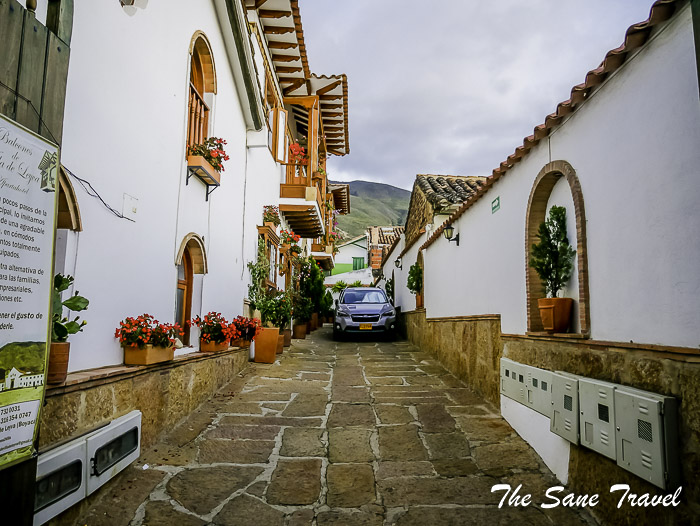
Practical information
Keep in mind that the average temperature in Villa de Leyva is around 18 degrees Celsius or 64 °F. Sometimes, during the day, it can get hot, but make sure to bring a jacket to wear at night. And, of course, wearing sunscreen is essential. Villa de Leyva is best explored on foot so wear comfortable footwear for walking the cobbled streets of the town. I was happy to explore Villa de Leyva with Colombia Travel Operator very small group tour of two persons only. Our guide was very knowledegable and relieved a lot of interesting and useful information including dramatic stories about the history of Colombia. The car was very comfortable and our driver willingly made extra photo stops for us.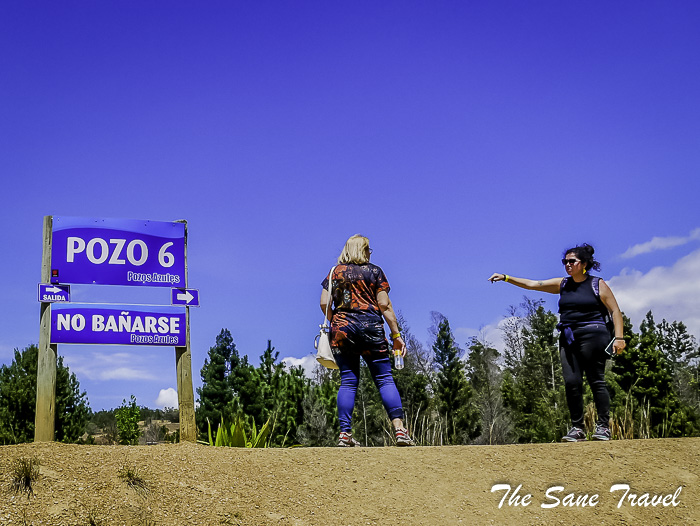
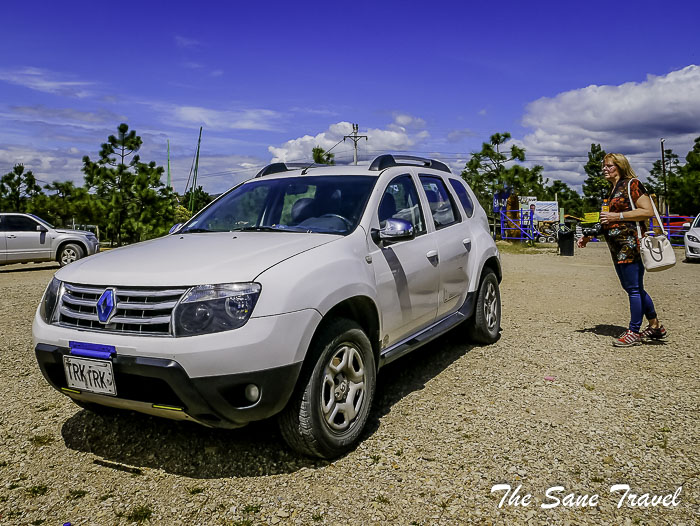 So why not book a tour with Colombia Travel Operator for the best experience of Colombia by clicking this link.
So why not book a tour with Colombia Travel Operator for the best experience of Colombia by clicking this link.
Like it? Pin it!
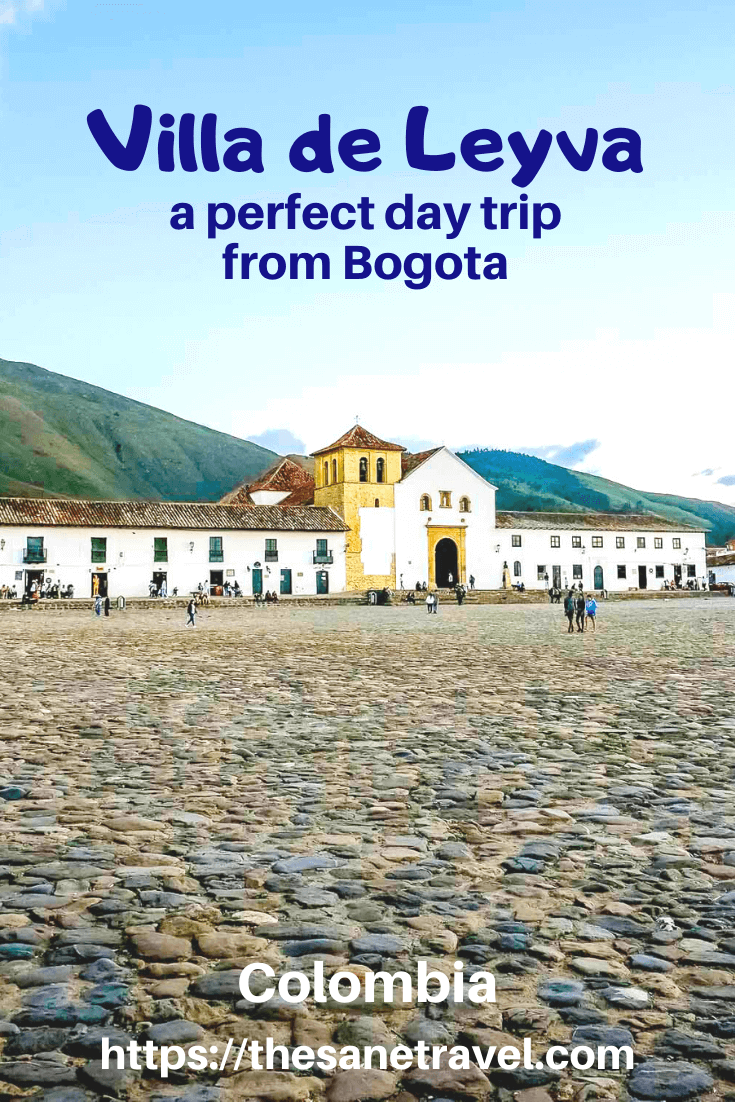
What did you think? Have you been to Villa de Leyva? Or perhaps you’re thinking of visiting in the near future? Either way, I’d love to hear from you so please add your comments below.
Author: Anita Sane

About the author
Anita is a part-time traveller, passionate photographer and a retired career woman from Latvia, travelling mostly solo for more than 15 years. She is a skilled travel planner who plans and executes her travels by herself. Anita wants to show you how to travel the world and open your mind to new experiences. Follow her on Facebook, Instagram, Pinterest, Twitter and Bloglovin.




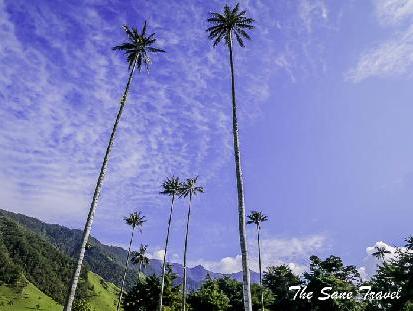




Report
My comments